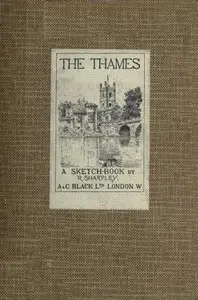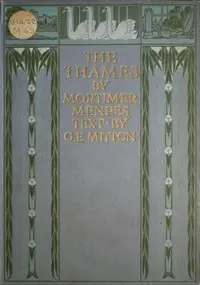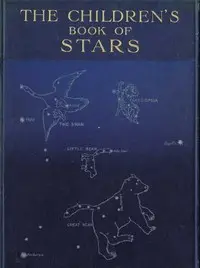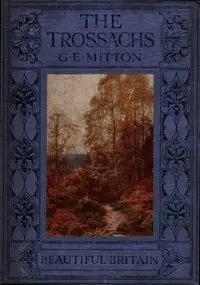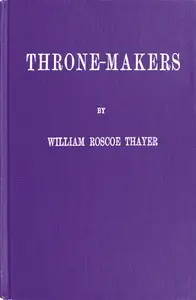"The Thames" by G. E. Mitton is a voyage down England's most famous river, blending historical accounts with scenic descriptions. The book guides readers through the Thames' beautiful landscapes and significant landmarks like Windsor Castle and Hampton Court, highlighting its cultural heritage. Famous figures, like Milton and Shelley, appear through literary ties, as the story connects quaint villages with historical moments that unfolded along the river. The Thames emerges as not just a natural wonder but an essential piece of English identity.

The Thames
By G. E. (Geraldine Edith) Mitton
Explore England's most scenic river and immerse yourself in tales of historical events.
Summary
About the AuthorGeraldine Edith Mitton, pen name G. E. Mitton, was an English novelist, biographer, editor, and guide-book writer. Born in Bishop Auckland, County Durham, she was the third daughter of Rev. Henry Arthur Mitton, a master of Sherburn Hospital. In 1896, she moved to London, where she worked with Walter Besant on his survey of London. In 1899 she joined the staff of the publishing company A & C Black, where she was on the editorial staff of Who's Who. She married colonial administrator Sir George Scott in 1920, becoming his third wife. She collaborated with Scott on several novels set in Burma, and wrote his biography, Scott of the Shan Hills, which was published in 1936, the year after his death.
Geraldine Edith Mitton, pen name G. E. Mitton, was an English novelist, biographer, editor, and guide-book writer. Born in Bishop Auckland, County Durham, she was the third daughter of Rev. Henry Arthur Mitton, a master of Sherburn Hospital. In 1896, she moved to London, where she worked with Walter Besant on his survey of London. In 1899 she joined the staff of the publishing company A & C Black, where she was on the editorial staff of Who's Who. She married colonial administrator Sir George Scott in 1920, becoming his third wife. She collaborated with Scott on several novels set in Burma, and wrote his biography, Scott of the Shan Hills, which was published in 1936, the year after his death.


